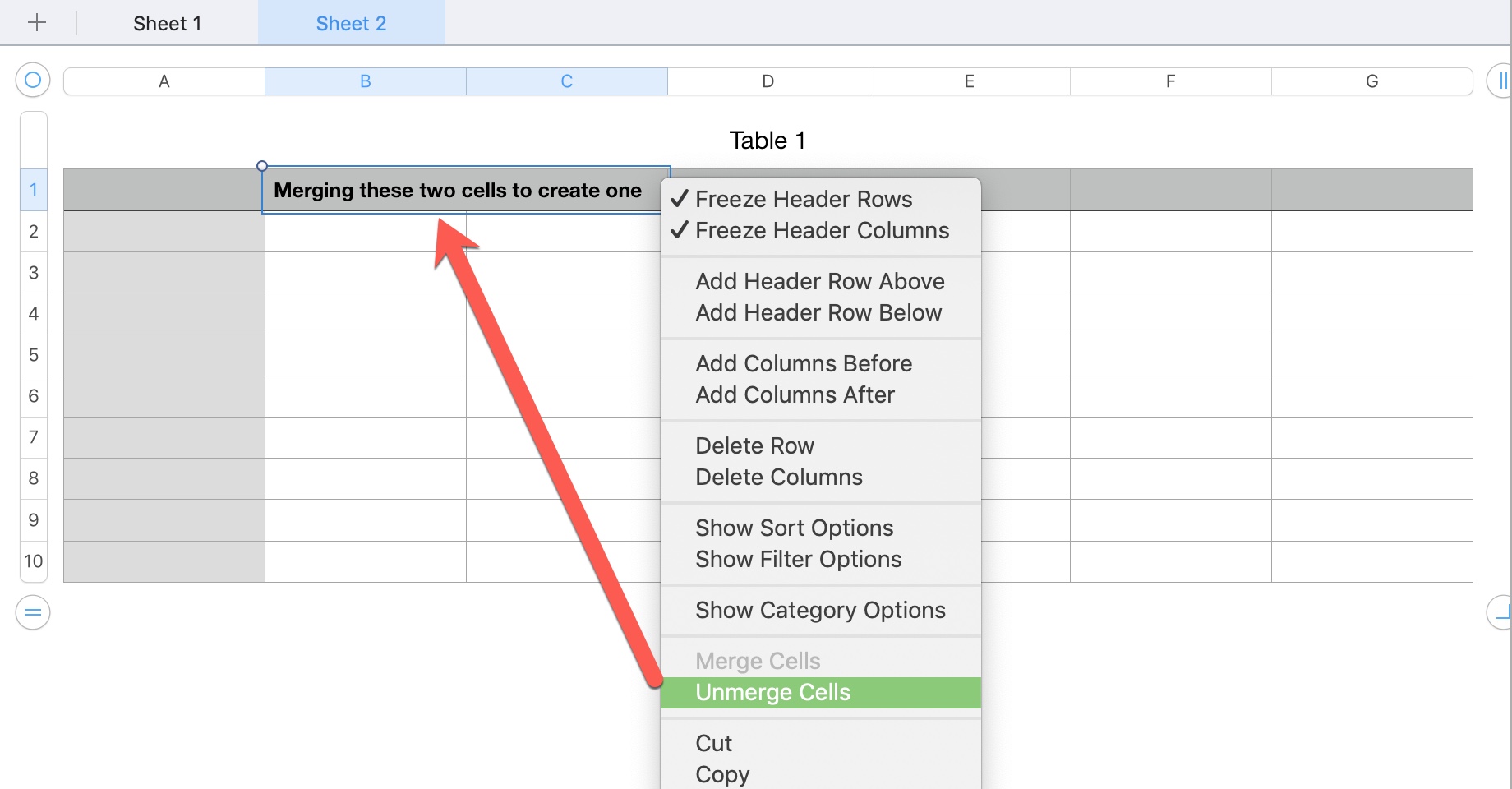
Select an appropriate Number format and click “OK. The “ABOVE” parameter tells Word to add all the values above the current cell. For example, if the first table in your document contains information about commuting by bicycle in Melbourne during 2014, you might. ‘Table 1’, ‘Table 2’, etc.) and make sure the label explains exactly what data the table presents.

This time, we’ll use the following formula: =SUM(ABOVE) Tables usually need to have a label positioned above the table itself. Head to the “Layout” tab and click the “Formula” button again. Place your insertion point in an empty cell at the bottom of the “Total” column (insert an extra row if you need to). Say, for example, that we wanted to add all the values in the “Total” column to figure out our total overall sales.

However, for the tables you see in my document, I have to import them after the data merge. Of course, you can insert placeholders into a table and InDesign will replace them with your data. This technique works pretty much the same way for columns as it does for rows. Unfortunately, with data merge you can import only textual data and link to images. When you’re done, you’ll have a fully formed table. Unfortunately, Word doesn’t let you select a bunch of cells at once and create a formula for all of them in one step, so you’ll have to perform these same steps in each of the other cells in the “Total” column. The result of the formula displays in the cell. Select an option from the Number format drop-down list to specify the format for the result of the formula.Ĭlick “OK” to accept the settings and insert the formula into the cell.


 0 kommentar(er)
0 kommentar(er)
